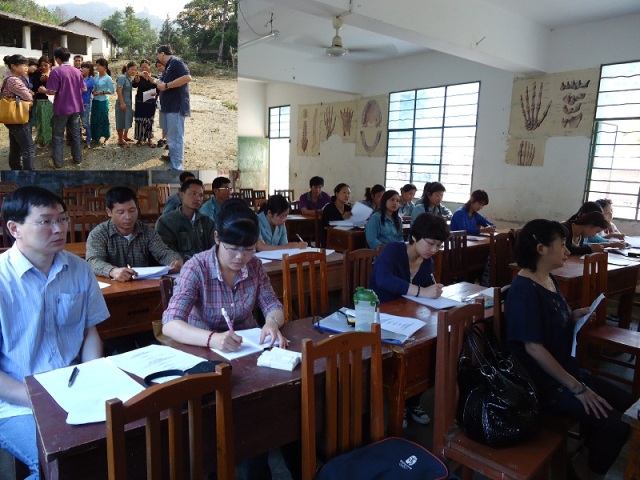 Figure 1: Training course for DSS and cross-sectional study processes
Figure 1: Training course for DSS and cross-sectional study processes
Demographic Surveillance Systems (DSS) is the process of tracking longitudinal demographic changes and corresponding risk
dynamics in a population over time. DSS collects and monitors data on birth, deaths, and migration which provide an important
resource for evaluating the efficacy of public health interventions. Cross-sectional study (also known as Cross-sectional analysis)
involves observation of all of a population at study area at a defined time. We used it to assess the acute malaria prevalence
and chronic conditions with collect individual health status and their blood smears.
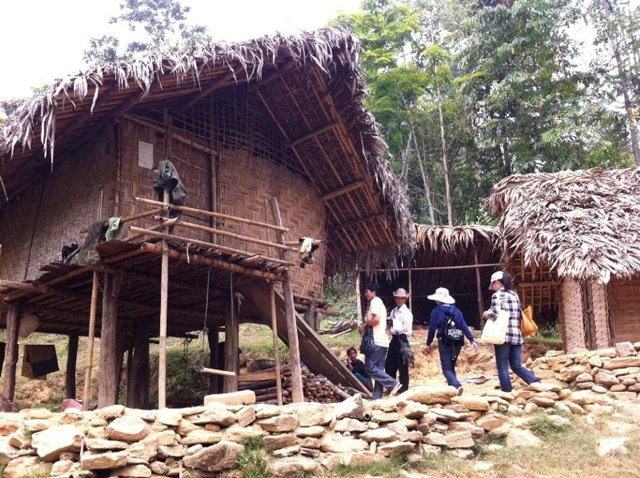 Figure 2: Our staff and field assistants visit every house in the village for DSS survey
Figure 2: Our staff and field assistants visit every house in the village for DSS survey
DSS and Cross-sectional study provide a baseline of malaria epidemic information in our study area. For our study in Myanmar,
we first negotiated and got the appropriate authorities from the Ministry of Health of local government as well as obtained permission
to visit villages and rural malaria clinics in the area. We had education and training with more than 30 field assistants and nurses
on both DSS survey and Cross-sectional study processes as well as data entry procedures. Then we visited all the houses of the villages
to locate its position with GPS and had the blood smear for every resident in the houses. For people was absent or in other difficulty,
we had our field assistant and nurse go back village again to have the data and sample within three days. The collected blood smears
were prepared and read by licensed technician to diagnose if study individual has been infected or not. We shared these diagnosing
results with Ministry of Health of local government and malaria clinics. All the positive cases were informed by their local malaria
clinics and will be treated at no-cost. All the survey data and diagnosed results were then entered into our Southeast Asia Malaria
Research Center (SAMRC) data management system for further study.
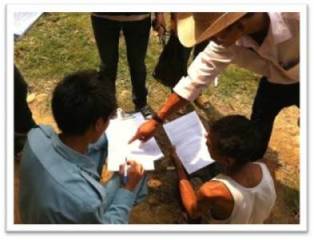 Figure 3: Field assistant help resident to fill the DSS survey form
Figure 3: Field assistant help resident to fill the DSS survey form
|
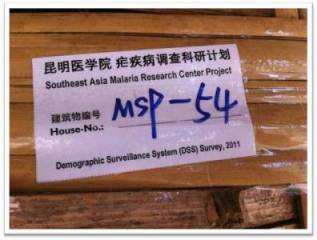 Figure 4: Assigned house-tag for households enrolled in this program
Figure 4: Assigned house-tag for households enrolled in this program
|
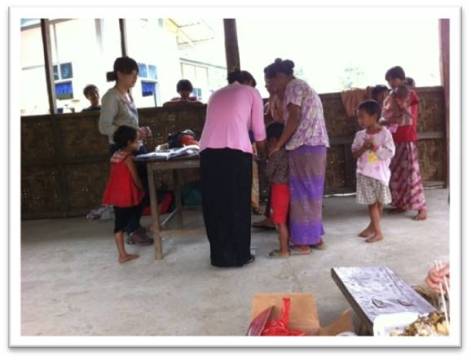 Figure 5: Prepare the blood smear of the residents in the village
Figure 5: Prepare the blood smear of the residents in the village